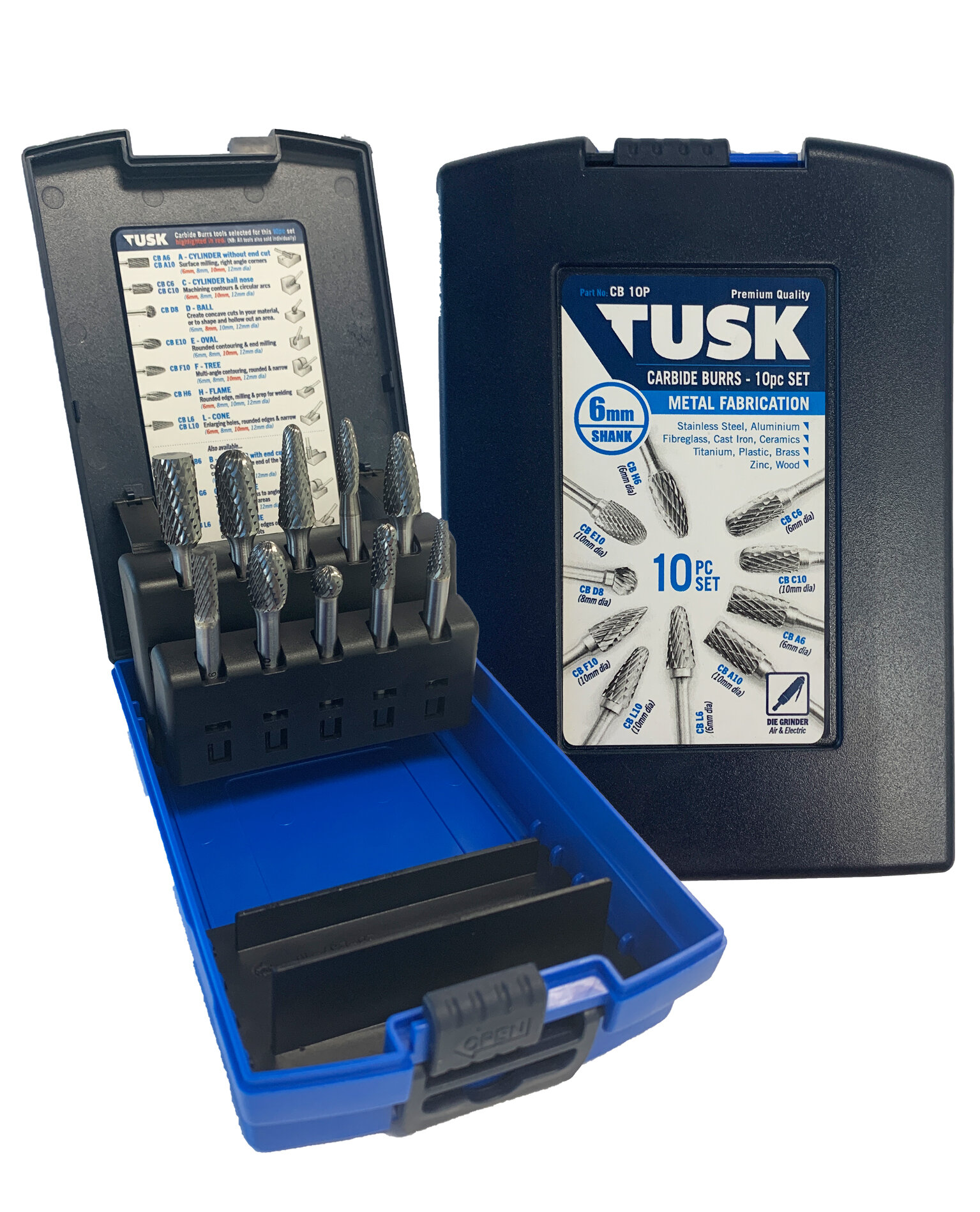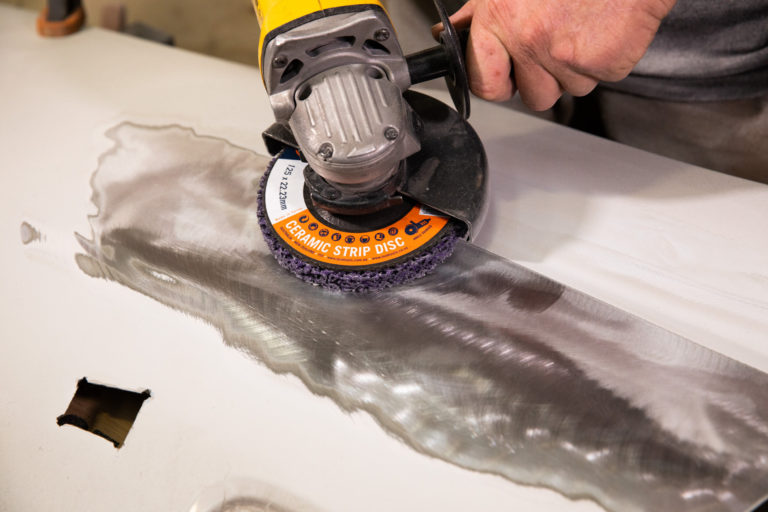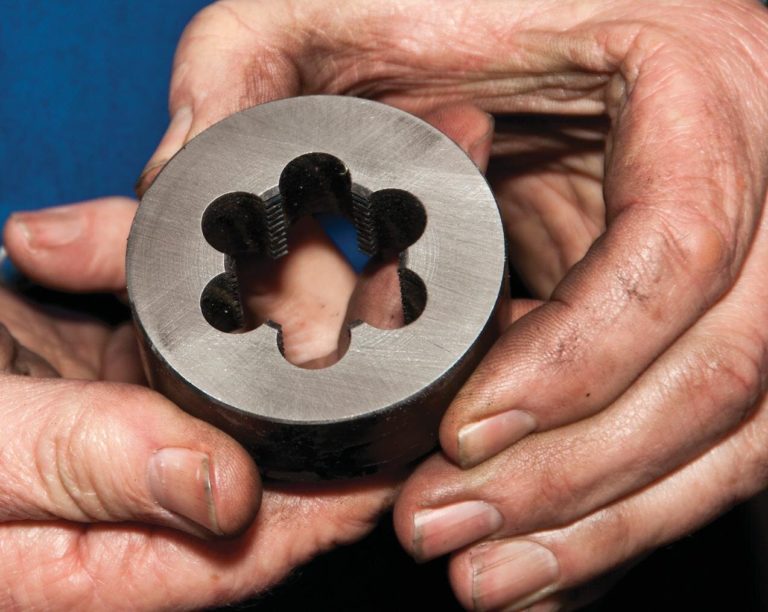Make your life easier with the Tusk Carbide Burr.
Toolmaking, metalwork, model engineering, or general deburring is a cinch with the double-cut design, which allows for rapid stock removal in harder materials.
Left-hand flutes reduce pulling action, giving better operator control so you can be confident on the job. The Tusk Carbide Burr also makes operations cleaner, so it’s a win-win all round.
Available in 6, 8, 10, and 12mm shanks in a number of shapes, and sold separately or in a convenient 10-piece pack for RRP $220.
Visit www.tusktools.co.nz for more info and your nearest stockists.




